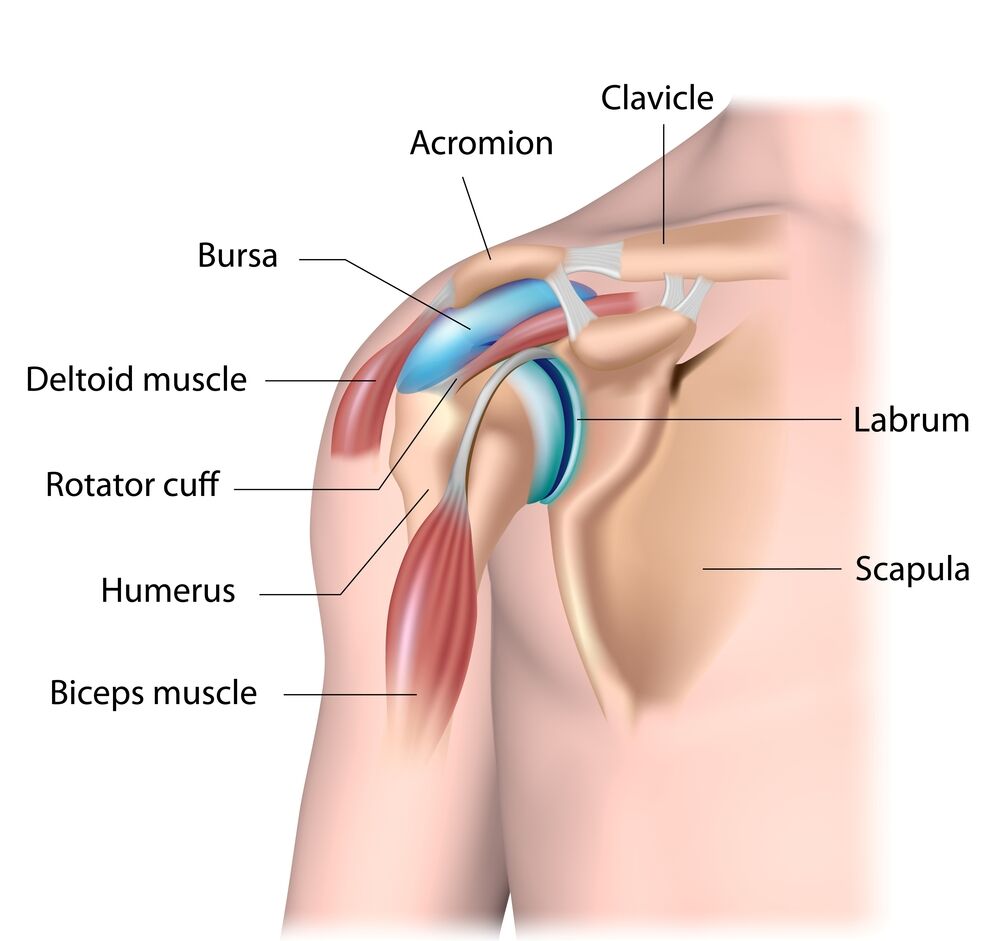What is a labral tear of the shoulder?
The shoulder labrum is a piece of soft cartilage in the socket-shaped joint in your shoulder bone. It essentially deepens the socket, creating a suction seal of the joint and connects the two joints. A group of four muscles called the rotator cuff helps the labrum keep the ball in the socket. This allows your upper arm to rotate. Repetitive motion and injuries can tear the labrum, often causing pain. Dr. Austin Chen, Orthopedic shoulder and sports medicine specialist has extensive training in treating labral tears.

What is the cause of a labral tear of the shoulder?
Injuries to the labrum surrounding the shoulder socket can occur from acute trauma or repetitive shoulder motion.
Examples of traumatic injury include:
- Falling on an outstretched arm
- A direct blow to the shoulder
- A sudden pull, such as when trying to lift a heavy object
- A violent overhead reach, such as when trying to stop a fall or slide
The most common repetitive shoulder motion injuries occur in throwing athletes, swimmers, and weightlifters, but may occur from normal day-to-day activities.
Detachment lesions in the superior labrum, anterior to posterior (SLAP tears) are particularly common in overhead sports such as tennis or baseball. Symptoms of SLAP tears may include popping, catching or clicking within the shoulder, pain when reaching overhead or throwing, or simply a deep ache inside the shoulder joint.
What are the symptoms of a labral tear of the shoulder?
The symptoms of a tear in the shoulder socket rim are very similar to those of other shoulder injuries.
Symptoms include:
- A sense of instability in the shoulder
- Shoulder dislocations
- Pain, usually with overhead activities
- Catching, locking, popping, or grinding
- Occasional night pain or pain with daily activities
- Decreased range of motion
- Loss of strength
What is the treatment for a labral tear of the shoulder?
Non-surgical, conservative measures such as physical therapy, ice, anti-inflammatory medications and rest are typically recommended for a labral tear of the shoulder.
If the patient fails to improve with conservative measures, surgery may be used to repair the torn portion of the labrum. In arthroscopic labral repair, the torn labrum is sewn back to the edge of the glenoid socket using sutures.
